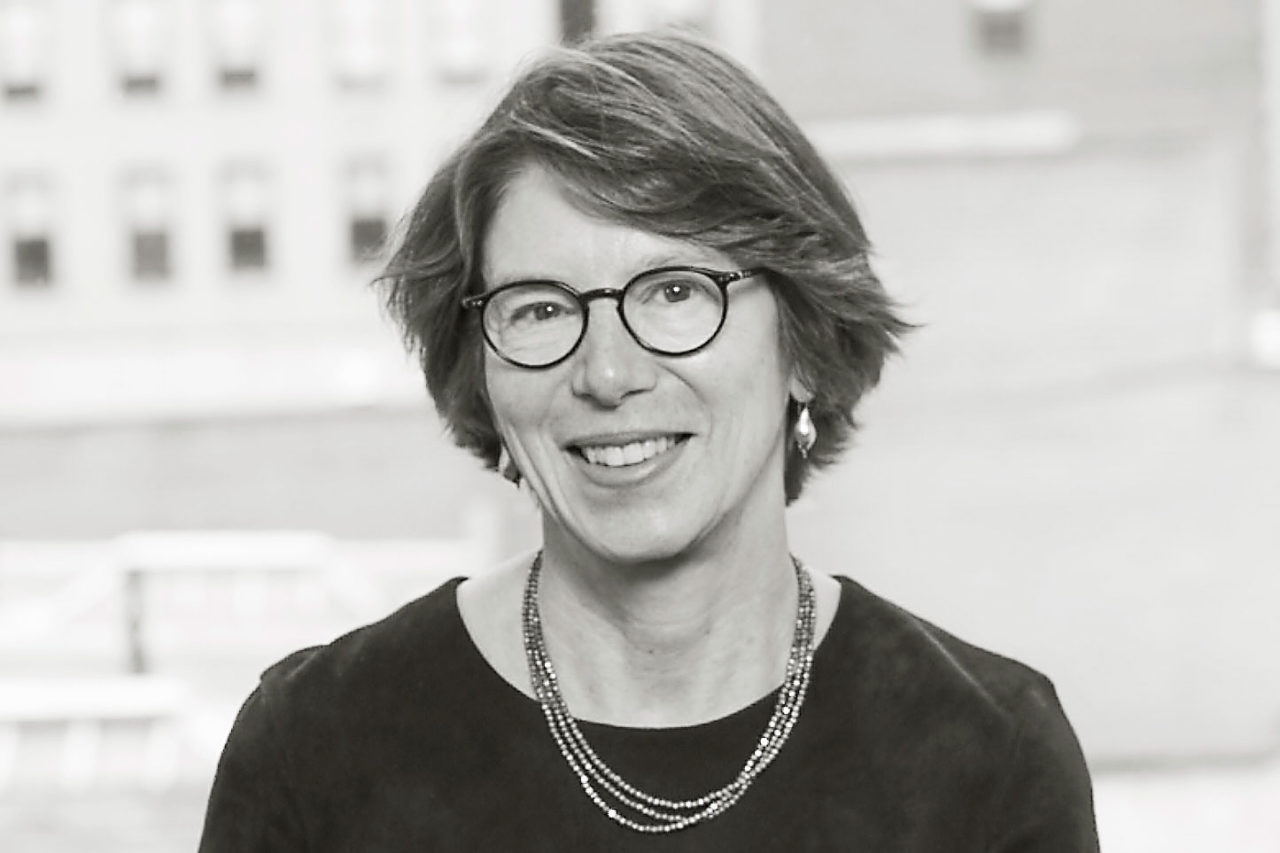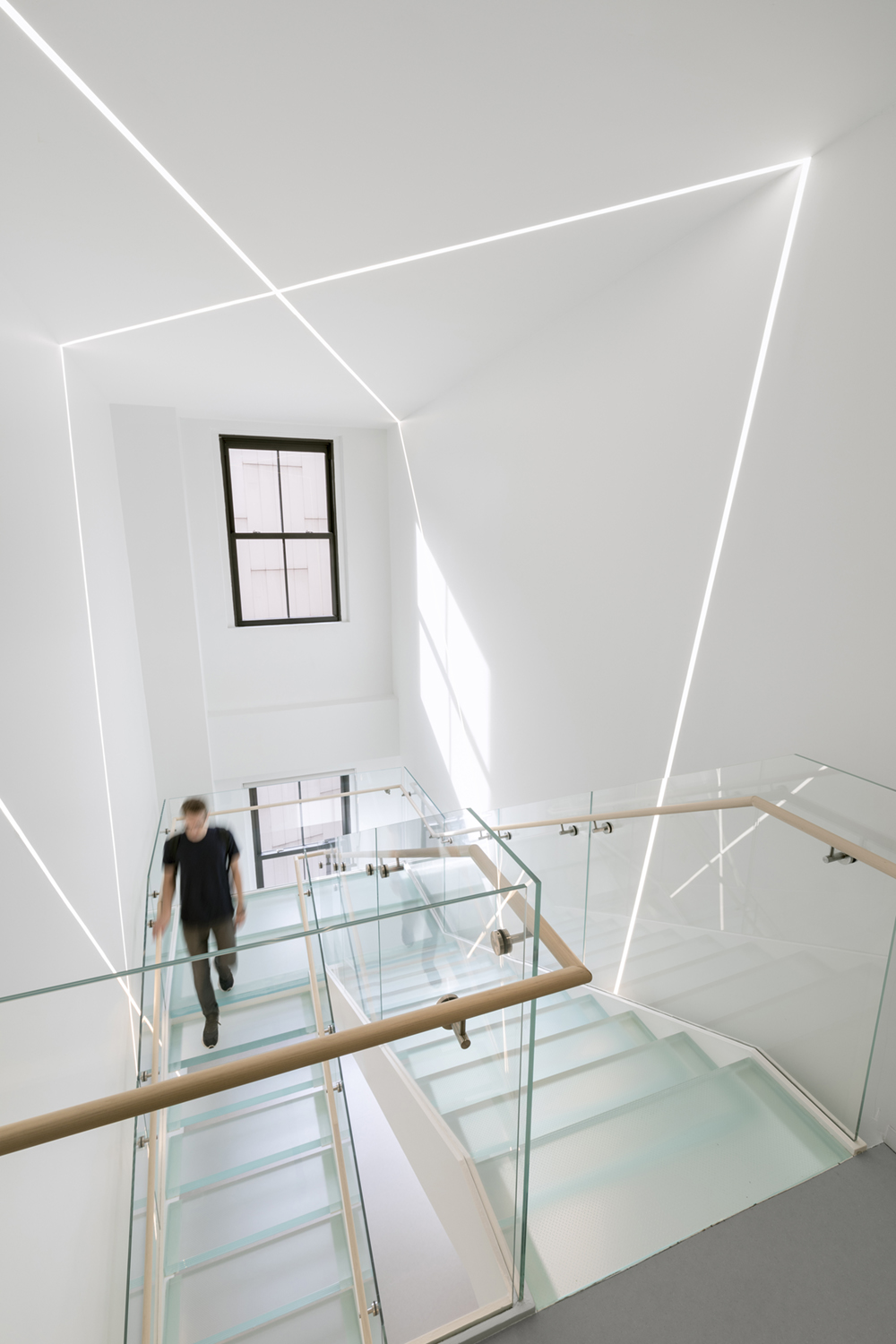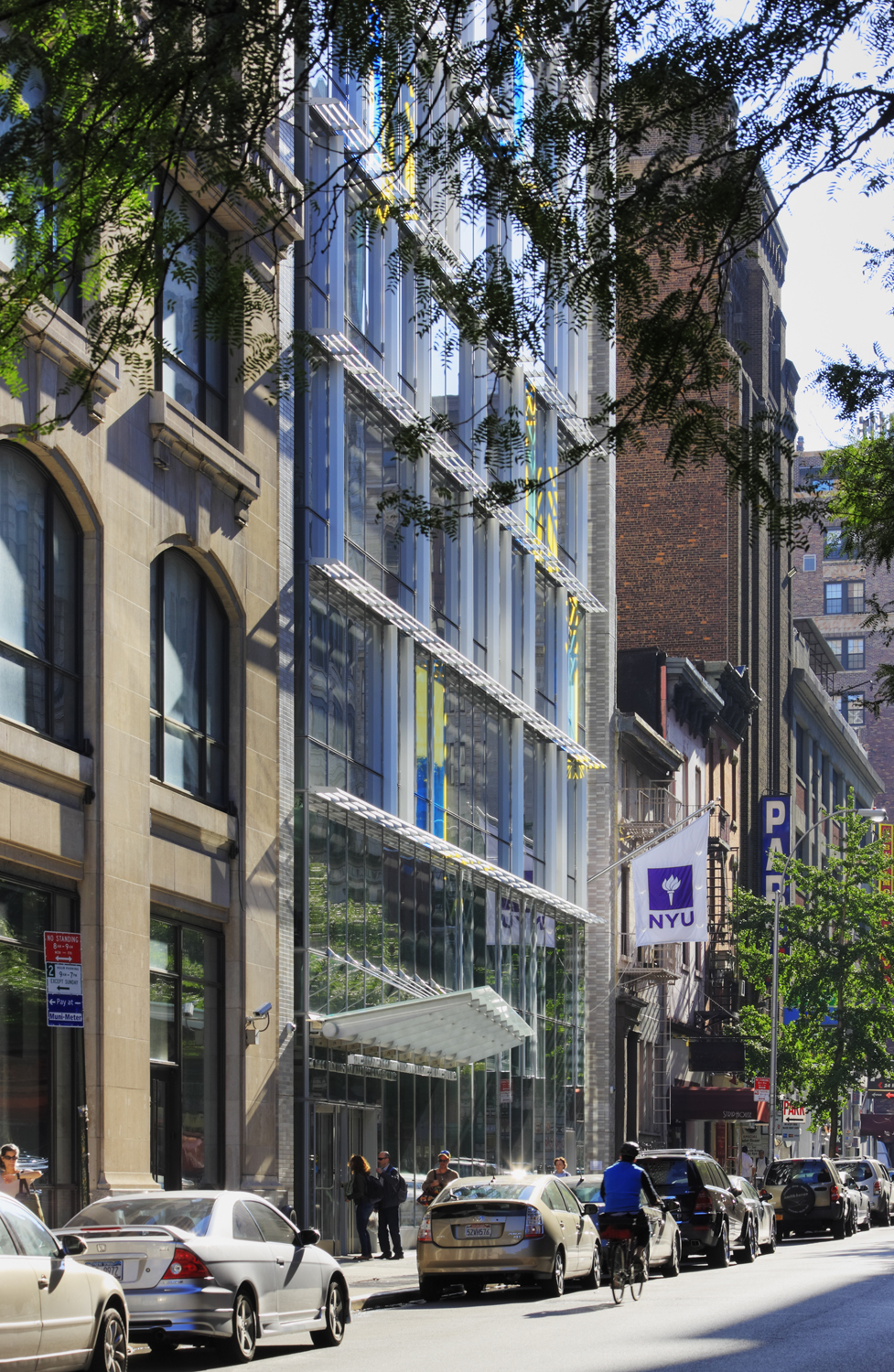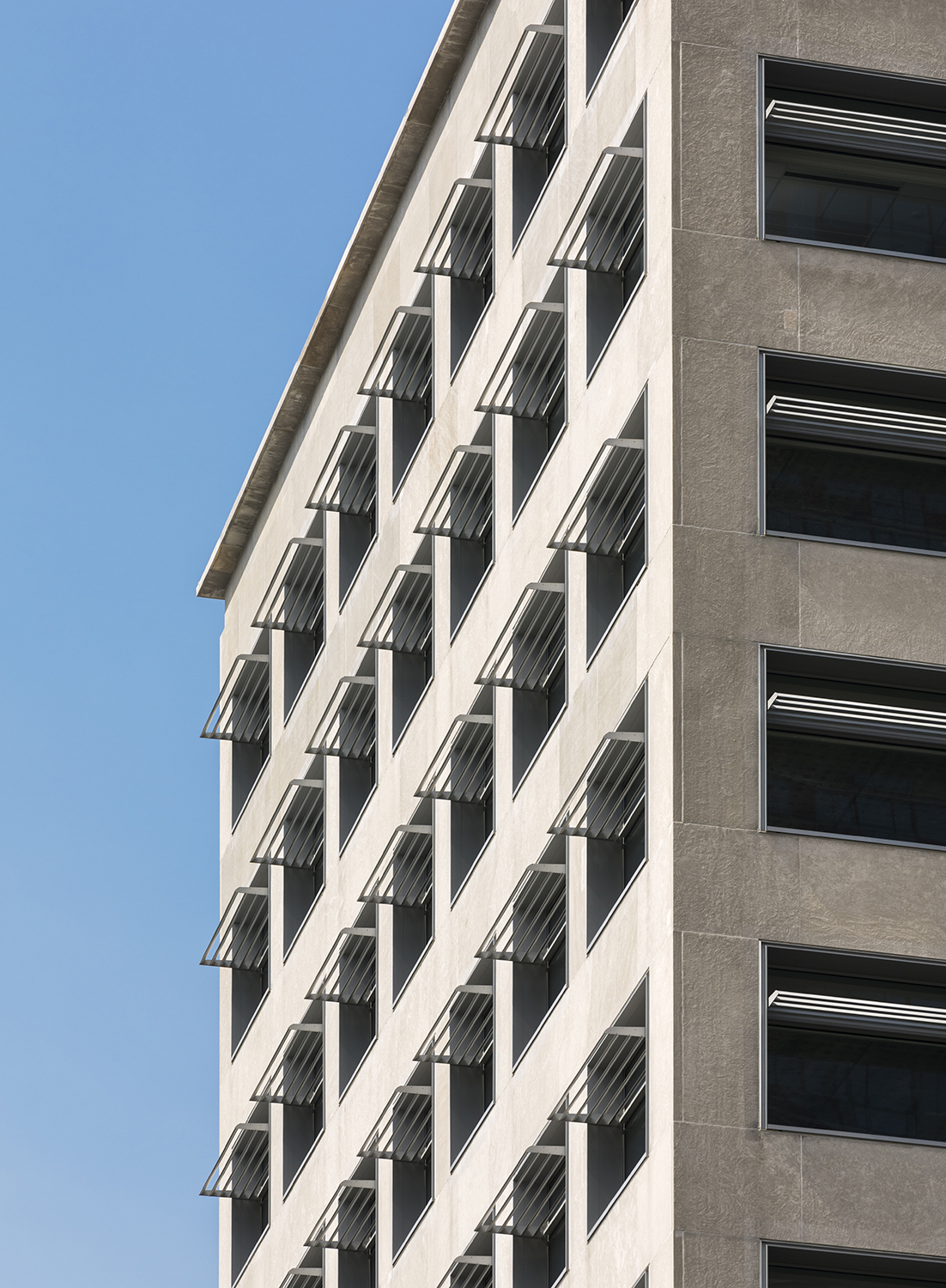by: AIA New York
Carol Loewenson, FAIA, LEED AP, Partner, Mitchell Giurgola Architects, approaches architecture with a commitment to public spaces and an acknowledgment of how the shape of a building, city, or institution impacts people’s lives. Her expertise ranges from highly technical buildings, renovations, and façade replacements to work involving both the private and public sector. She brings a careful consideration of context to her work, balancing preservation and modernization to generate sustainable transformations that capture the complexity of a space’s past history and future goals. Loewenson joined Mitchell Giurgola in 1982 and became a partner in 1996. Her work at the firm includes projects for the Brooklyn Public Library, The New York Public Library, Rockefeller University, New York University, Cornell University, LaGuardia Community College, and the New York State Unified Court System. She serves as a Board member of the Center for Architecture, the IDC Foundation, New Yorkers for Parks, and the Beverly Willis Architectural Foundation. She was elected to the College of Fellows of the American Institute of Architects in 2013, was elected President of AIA New York in 2016, and was awarded the AIA New York State President’s Award in 2019.
Q: What is influencing your work the most right now?
My work is primarily in the public sector and higher education. Specifically, I am working on three public libraries located in the Bronx and Brooklyn, as well as academic buildings for NYU, CUNY, Weill Cornell Medicine, Wharton (UPenn) and Manhattan College. Some of the buildings are new, ground-up buildings and others are renovations—or as I like to call them ‘Sustainable Transformations.’ Although quite diverse, the projects are all challenging and engaging on multiple levels. Programs are complex, sites are already heavily developed, and there is a tremendous need for infrastructure. These multiple interlocking issues underlie every project alongside a commitment to design excellence, social impact and long-term sustainability.
Q: How/why did you decide to pursue architecture?
I chose architecture after studying French, Italian, Art History, Urban Studies and Historic Preservation. Architecture was the natural outgrowth of these studies, weaving together my diverse passions and interests. My foreign language studies brought me to new cities and cultures and ignited my love of cities and urban life. Art History introduced me to aesthetic expression and appreciation in the context of culture and history. Urban Studies broadened my understanding of the complexity and challenges of cities. And Historic Preservation helped me understand the possibilities of past, present and future co-existing. My approach to architecture and my practice today remain informed and enriched by these interests.
Q: What is the favorite recent project you’ve worked on?
Asking about a favorite recent project is like asking about a favorite child. I love them all. But there is one that stands out right now. That project is 370 Jay Street—one of two projects that emerged out of Mayor Bloomberg’s Applied Science Initiative in 2013. Working in partnership with both NYU and the City, we revitalized the old MTA headquarters in downtown Brooklyn, a building that sat empty for 15 years awaiting a new life.
The project is really three stories in one. It is an infrastructure and adaptive reuse project. It is also a complicated academic project bringing together diverse disciplines including computer science and engineering, gaming, digital media and recorded music, among others. In addition, it is an urban design project that has transformed the street level experience for thousands of people in downtown Brooklyn. What I have enjoyed about this project is the range and diversity of challenges, and the clients’ commitment to doing the best for all constituents—the students, the university, the neighborhood, and the environment. They could easily have chosen to tear the building down and instead have made a great statement for sustainability (LEED platinum) and for preserving cultural and historic continuity in the neighborhood.
Q: What do you see as an architect’s role—and responsibility—within our culture?
Architecture impacts the human condition as well as the physical world. That is a great responsibility that should not be taken lightly. We create the spaces where people live, work, learn and play, and the quality of those spaces impacts people’s health, happiness, creativity and productivity. Our job is to look at each project as an opportunity to make things better. Today our great challenge is to look at both the immediate and larger impact of our work. Regarding the physical world, we have to look at the environmental and long-term consequences of our work. We have to provide enough flexibility for a world in ever accelerating change. We have to create inspired places for living that respect our diminishing resources. Big isn’t always better. And new isn’t necessarily better either. Keeping the best of the past and embracing the future is my approach.
Q: What do you think are the biggest challenges facing cities today?
What makes a great city? How do we ensure that cities remain viable in the future? Right now, the biggest challenges are infrastructure, shelter and quality of life. With adequate and flexible infrastructure, cities can respond to change. Our culturally and historically rich cities now present to us the problem of long neglected, aging infrastructure and the absence of contemporary infrastructure. Investment in this “invisible construction” is critical to our future viability. Adequate shelter, a basic human need, is also lacking in our cities. Arguments for the “carrot or stick” for developers or outright government intervention have not yet led to long term solutions.
The undercurrents of haves and have nots undermine our civil society and require the attention of us all. Finally, quality of life, that intangible element that can lift our spirits, is essential for a great city. To me it is our parks and libraries—those things that are free to all—that are most important to enriching the urban experience.













